Why futuristic Japan is falling behind in digital tech
For all its high-tech innovations, Japan trails in the digital rankings compared to most advanced economies. The programme Insight looks at what lies behind its slow pace of digitalisation and the extent of its cyber vulnerability.
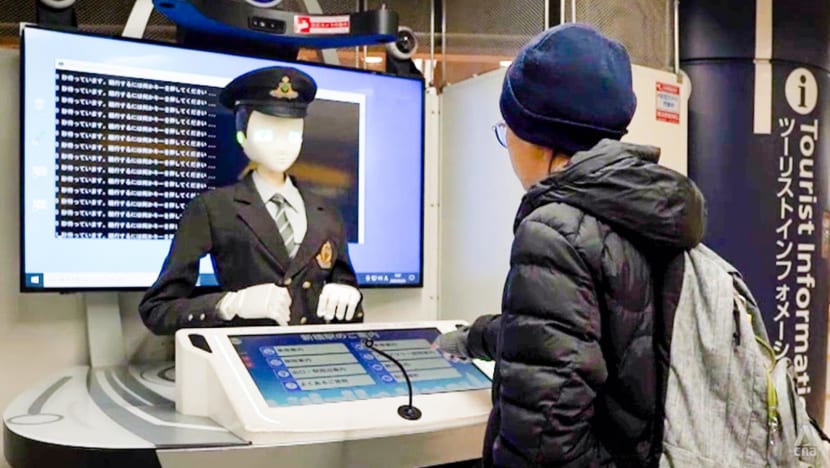
A visitor to Tokyo interacting with a humanoid robot manning a tourist information booth.

This audio is generated by an AI tool.
TOKYO: With its shiny robots and bullet trains, Japan seems like a technological utopia. But beneath the surface lies a digital dysfunction that leaves the country vulnerable in today’s interconnected world.
In January, Japan’s National Police Agency disclosed that Chinese hacking group MirrorFace had been targeting Japanese government agencies and firms since 2019.
These cyberattacks hit 210 entities, including institutions and individuals, and aimed to steal data related to security and advanced technology.
Cyberattacks have also disrupted daily life, like one last December that delayed more than 70 Japan Airlines flights. Another cyber breach in 2023 halted operations at the country’s largest port for more than 48 hours.

“The government is now saying that a cyberattack hits Japan once every 14 or 13 seconds,” highlighted Motohiro Tsuchiya, a professor at Keio University’s Graduate School of Media and Governance.
While many countries face cybersecurity threats, Japan is vulnerable because its digital transformation has been slow. It ranked 31st in global digital competitiveness last year, lagging behind most advanced economies.
Domestic organisations “aren’t yet sufficiently dependent on information technology”, said Nihon Cyber Defence chief technology officer Toshio Nawa.
Up-to-date digital tools remain underused. It was reported in January that 77 per cent of schools still use fax machines for communication, while 40 per cent of Japanese in a 2023 survey said they did so.

Only last month did the government scrap the use of floppy disks in document submissions, 14 years after the last one was manufactured.
The outdated systems that underpin much of daily life in Japan may surprise tourists drawn to the country’s futuristic image.
“(The first time) many of my friends from foreign countries … visit Japan, they’re very much impressed,” said Kotaro Tamura, an adjunct professor at the Lee Kuan Yew School of Public Policy.
Novelties such as toilets that have automatic functions and play music, conveyor belt sushi as well as humanoids at company receptions and game centres make people “feel like Japanese people are living in the future”.
He added, however: “We’re good at craftsmanship, building hardware. But we aren’t very good at what we can’t touch.”
Why have some Japanese not embraced the digital age? What is at stake if Japan continues to fall behind? The programme Insight looks at the roots of this problem facing the country and how it is trying to catch up.
WATCH: Why did futuristic Japan fall behind digitally? (46:33)
JAPAN’S “UNCERTAINTY AVOIDANCE”
It was not until the pandemic that Japan was forced to confront its digital shortcomings. Only 7.5 per cent of nearly 56,000 administrative procedures could be done entirely online, a 2019 study had shown.
While remote work made clear the need to move government and business processes online, the shift was anything but smooth.
One enduring symbol of Japan’s digital inertia is the “hanko”, a personal seal used in place of a signature for many transactions in banking, real estate and company paperwork.
During the pandemic, nearly 60 per cent of people working from home had to return to the office at least weekly, primarily to handle paperwork and stamp documents, a survey showed.
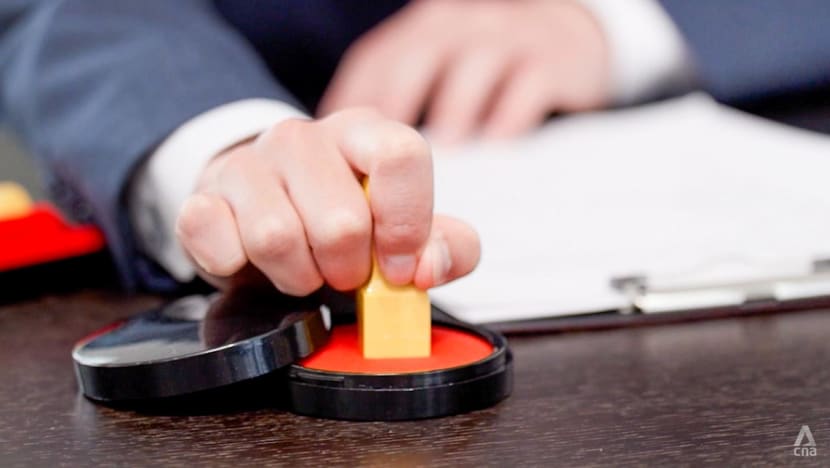
Although the government moved to drop the “hanko” requirement from roughly 14,700 procedures in 2020, it remained in place for 83 procedures, such as vehicle and company registrations.
Experts say such reluctance to modernise is cultural. The Japanese score high on “uncertainty avoidance”, which means they tend to favour stable, time-tested systems over new ones.
“There seems to be a traditional culture in Japan of maintaining a system for a long time,” said Nawa. “In IT terms, this is called a legacy system.”
Japan’s ageing society also plays a role. Almost three in 10 people are over 65 years old, and a 2021 study found that nearly a third of Japanese aged 50 to 79 were unenthusiastic about digitalisation.

But even younger people are not pushing for change. “A significant number of young people would choose the easier option … (by) going with the old-fashioned Japanese culture and legacy ways,” said Nawa.
For example, when Yuriko, a translator who preferred not to reveal her last name, tried updating her address via the government’s My Number portal, she felt overwhelmed.
“If I find and download the forms myself, what if I fill in the wrong forms?” she said. “Going straight to the ward office is still the quickest option.
“People tend to feel that the way we’ve always done things is reassuring. … It may be a little cumbersome, but it’s safe.”

Among small and medium enterprises (SMEs), which make up more than 99 per cent of Japan’s corporations, the pace of digitalisation has been especially glacial.
Close to a quarter of companies with under 300 employees say they have not begun digitalising work processes, according to the Japan Institute for Promotion of Digital Economy and Community.
Six in 10 SMEs with under 100 employees lacked teams dedicated to digital transformation, Japan’s Information-technology Promotion Agency stated in a 2023 white paper.
Also, about half of Japanese firms do not discuss cybersecurity strategies at the executive level. Many firms are prioritising day-to-day operations over IT risks while the economy remains sluggish.
“This can be attributed to the fact that (managements) don’t feel much of a sense of crisis about this, or they don’t understand IT,” said Nawa.

Older executives holding decision-making power often lack digital fluency. Yet when younger experts are brought in to help, they have limited authority.
“When those who’ve experienced success with older methods move to upper management, they inevitably impose their way of doing things,” added Nawa.
The adoption of ideas and processes can also be slow in Japan’s consensus-driven work culture. “Maybe it’s too early to change it” or “Let’s discuss it again next time, then decide” are familiar refrains, he cited.
In one example, a Japanese company took two weeks to approve an anti-malware software, during which time it suffered a cyberattack.
JAPAN’S “DIGITAL CLIFF”
Japan is now approaching what its Ministry of Economy, Trade and Industry calls a “digital cliff”. If companies fail to adopt digital practices, the country could incur annual losses of up to ¥12 trillion (US$81.4 billion) from next year.
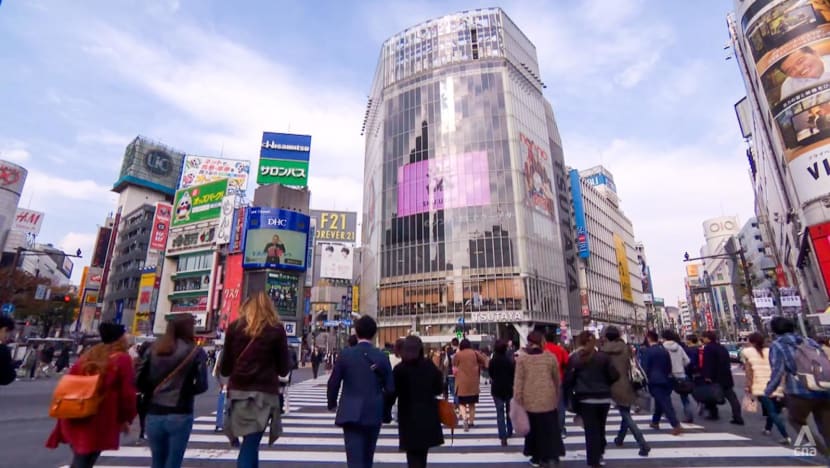
To avert this crisis, the government launched the Digital Agency in 2021 to drive Japan’s digital transformation.
“By not digitalising, companies fall behind in productivity and competitiveness,” said Nawa. A digital lag could also lead to communication delays when working with other nations and damage Japan’s international standing, he added.
As a global manufacturing, financial and telecommunication hub, Japan is also an attractive target for hackers.
According to its National Police Agency, the daily average number of suspicious internet access incidents exceeded 9,500 cases last year — a record high. Nearly all these attempts originated overseas and included attacks on critical sectors, such as aerospace and semiconductors.
“Japan is one of the largest economies in the world. So you have a lot of intellectual property to protect and also information,” said Yohei Ishihara, security evangelist at internet security firm Trend Micro.
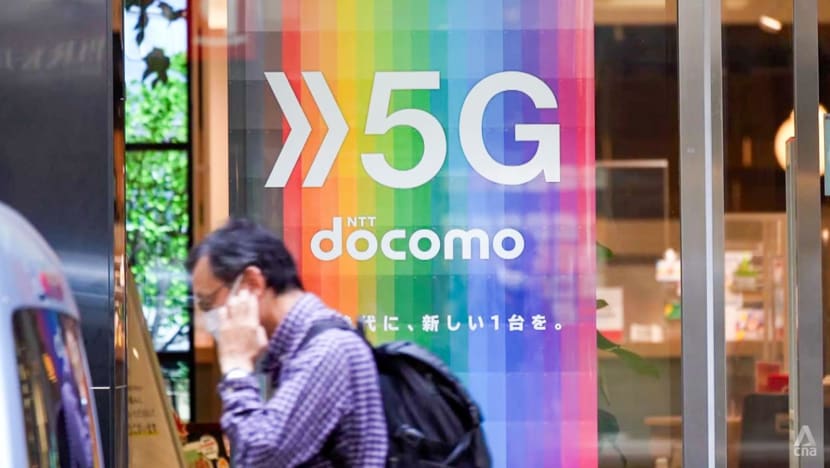
Cyberattacks can even remain undetected “for years”, added Tsuchiya, allowing malware to “quietly” extract information.
When hackers breached the Microsoft accounts of executives at the Japan Aerospace Exploration Agency, the attacks went unnoticed for months before authorities raised the alarm.
The country’s cyber vulnerability is a matter of international concern, as such weaknesses could impact security alliances. Under its security treaty with the United States, for example, the US is obligated to defend Japan if it comes under armed attack.
But Japan’s weak cyber defences could be the biggest liability in the alliance, as former US director of national intelligence Dennis Blair asserted in 2022.
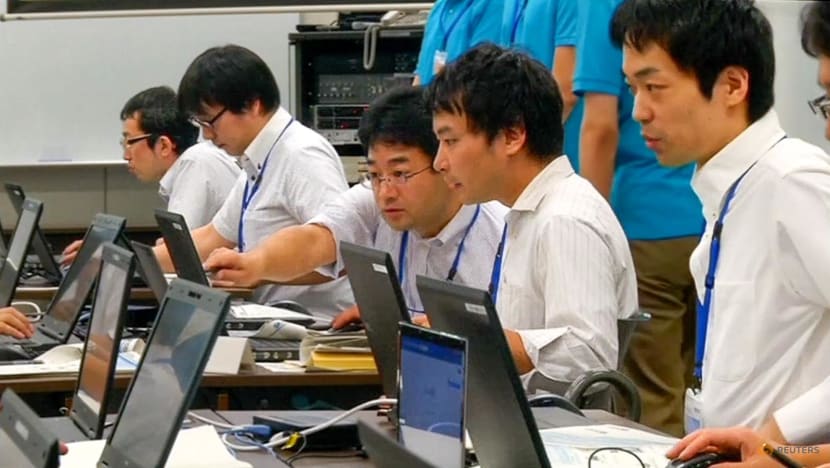
Tsuchiya, who is also Keio University’s vice president for global engagement, noted: “If something were to happen in East Asia, for example in Taiwan or on the Korean Peninsula, Japan would have to rely on the US for its security.”
But if the US military “can’t trust Japan’s government or Self-Defence Forces” because of the country’s digital systems, this could put Japan’s national security at risk, he warned.
HOW JAPAN IS PLAYING CATCH-UP
Notwithstanding its late start, Japan is pushing forward with digital reforms to close the gap with other advanced economies.
In April last year, the government announced plans for a corporate cybersecurity rating system: Companies would need to keep software updated and limit access to sensitive data, among other measures, with stricter requirements for critical industries like energy and semiconductors.
“If they don’t meet the criteria or levels, they may lose business opportunities because their customers may require certain security levels to start the business transaction,” said Ishihara.

This May, Japan’s parliament passed the Active Cyber Defence Law, allowing authorities to work with key infrastructure providers such as telcos to trace the source of an attack — something previously blocked by the country’s data privacy laws.
And instead of waiting for attacks to happen, entities such as the military will be authorised to proactively disrupt hostile foreign servers. “Active cyber defence will do what Japan hasn’t been able to do so far,” said Tsuchiya.
This comes after Japan unveiled a new national security strategy in 2022, which included plans to more than quadruple the number of cyber defence personnel from 890 to 4,000 by 2028, supported by about 16,000 staff.
A skill shortage, however, continues to slow progress. Japan was short by an estimated 304,000 IT professionals in 2020, and this could swell to over 545,000 workers in 2030, according to figures published by the government.
“The enrolment capacity of IT faculties has remained the same for a long time,” observed Makoto Takahashi, chief editor of job information website Mynavi.
“But the need (for tech talent) has been increasing, so the (recruitment) competition has become very fierce.”
To support universities and technical colleges, the government has committed ¥300 billion to them in growth fields such as digital technology.
This, after computer programming — which first became a mandatory part of Japan’s middle school curriculum in 2012 — was added to primary schools in 2020 and high schools in 2022. But implementation here has been patchy.
“It depends on the school, but I’ve heard that only three (to) five hours a year are allocated for this purpose,” said Tomohiro Murano, the founder and chief executive officer of Arschool, which provides programming classes.
In some cases, he added, schools lack qualified teachers, and lessons sometimes amount to little more than typing exercises.

Still, Japan aims to boost university enrolment in science and IT courses by 19,000 places by 2030.
Meanwhile, companies are hiring foreign workers. Their numbers have tripled to 91,000 in the past decade, comprising 3.1 per cent of the information and communications technology workforce.
But attracting overseas talent remains challenging. “The salaries aren’t that high compared to overseas,” said Takahashi, adding that the language barrier and workplace culture can also be deterrents.
Tamura called for an end to the seniority system and discriminatory treatment of foreigners. “We need to pay well compared to other countries and treat them well for … them (to) utilise their capabilities more freely,” he said.
Japan must also overcome its people’s resistance to change. Almost a decade has passed since the government envisioned Society 5.0, a future in which cyberspace and the physical world blend together.
But people’s “love of legacy systems isn’t changing”, lamented Nawa. “That’s why digitalisation is a big change we must make. If we can’t do that, I think it’ll stop the growth of Japan.”
Watch this episode of Insight here. The programme airs on Thursdays at 9pm.



















